By Bill Dobbins www.billdobbinsphotography.com

The cat (Felis catus) is the only domesticated species in the family Felidae, which includes all the other varieties of felines. Unlike dogs, cat are not “social animals” – that is, they can live together but do not create a social hierarchy like dogs do. There is no “leader of the pack” with cats. In fact, one of the appeals cats for those who appreciate them is that it is living with a wild animal who will condescend to share your life. On it’s own terms, of course.
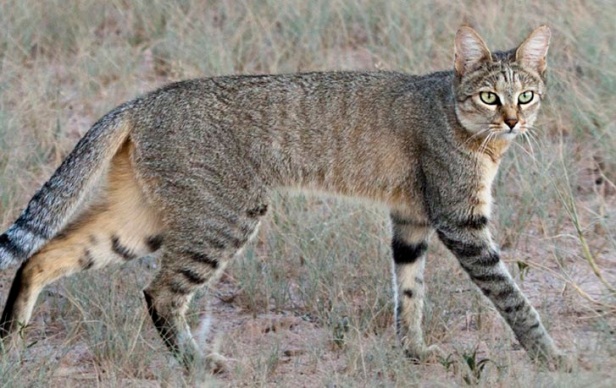
As a photographer as well as a cat lover, it should come as no surprise that my iPhone is full of photos of my own cats. And I am not alone. The Internet and YouTube are both full of images and videos of all sorts of cats doing all sorts of things – especially things that are “cute.”

There has been some controversy regarding where and when African wildcats were first domesticated by human beings. According to Wikipedia:
It was long thought that cat domestication was initiated in Egypt, because cats in ancient Egypt were venerated since around 3100 BC.[11][12] However, the earliest indication for the taming of an African wildcat (F. lybica) was found in Cyprus, where a cat skeleton was excavated close by a human Neolithic grave dating to around 7500 BC.[13] African wildcats were probably first domesticated in the Near East.[14]
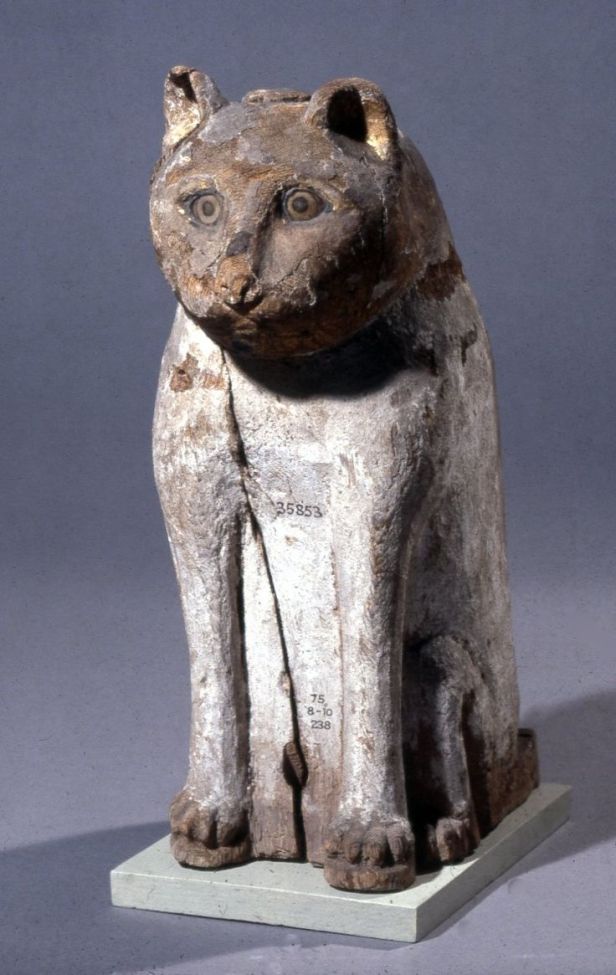

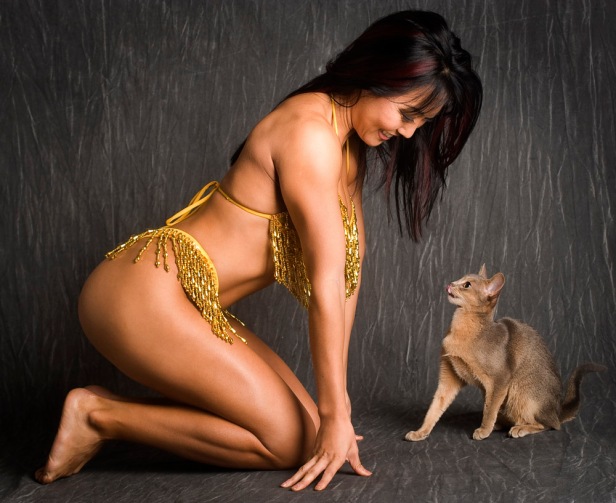
CAT EVOLUTION: The domestic cat is a member of the Felidae, a family that had a common ancestor about 10–15 million years ago.[34] The genus Felis diverged from the Felidae around 6–7 million years ago.[35] Results of phylogenetic research confirm that the wild Felis species evolved through sympatric or parapatric speciation, whereas the domestic cat evolved through artificial selection.[36] The domesticated cat and its closest wild ancestor are both diploid organisms that possess 38 chromosomes[37] and roughly 20,000 genes.[38] The leopard cat (Prionailurus bengalensis) was tamed independently in China around 5500 BC. This line of partially domesticated cats leaves no trace in the domestic cat populations of today.[39] – WIKIPEDIA
How wildcats first came to be domesticated is not so much of a mystery. As humans evolved from hunter-gatherer to develop the earliest agricultural communities they needed to store their harvests in bins, barns, silos and other facilities. This stored food attracted animals like mice and rats, and if efforts weren’t made to protect this food a great deal of the harvest could be lost. However, these scavengers were also the natural prey of wildcats and they were lured into close proximity to humans as they did their own hunting. Over time, some of these cats were less afraid of people than others, they tended to hang out more often in human settlements, these selected ones interbred and that eventually lead to the development of the domesticated species that are cats as we have known them.


Cats have been more accepted in some cultures than others. The Ancient Egyptians treated them as gods and mummified cats have been found buried with their owners. But in the Middle Ages many considered cats to be evil, and they were often killed indiscriminately.
Nowadays, cats are the second most popular type of pet – after fish.
As of 2017, the domestic cat was the second-most popular pet in the U.S. by number of pets owned, after freshwater fish,[15] with 95 million cats owned.[16][17] In the United Kingdom, around 7.3 million cats lived in more than 4.8 million households as of 2019. – Wikipedia[18]

Many owners of dogs, who enjoy the loyalty and obedience of canines, are not that fond of cats. They think of them as aloof and distant, only affectionate when they want food, without much of a real bond to their owners. Anybody who has developed long term relationships with house cats knows this is not true. Cats can be enormously affectionate and you can indeed develop very deep relationships with humans. In fact, these relationships deepen over the so that your connection to your cat can be much more intense after five years, 10 years or more.
You can easily form a relationship with a dog because its nature is to be socialized. Dogs, like wolves, form packs and there is a pack leader. Not so with cats. Kittens need to be handled by people almost at birth in order to develop their social nature. If not, what you get is a feral cat – essentially, a wild animal like its African ancestors. I have socialized a feral kitten, who ended up in old age not wanting to be anywhere but on my lap, but this transformation took many, many years.
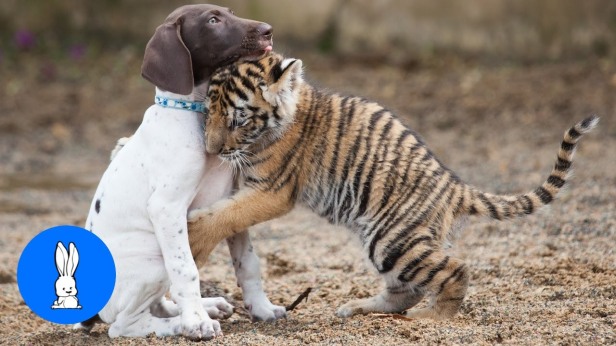
One delightful thing about cats is how many physical characteristics they share with their wild brethren. They are acrobatic, fast and graceful. The Caracal can jump 10 feet into the air to capture its prey. Domestic cats are also great jumpers. Domestic cats also share the hunting instincts of their wild relatives. Along with hunting small animals like mice and rats, they are responsible in some areas for decimating local populations of birds.
Cats are also known to be able to survive falls from great heights. Research has shown how they do this. As they fall, they use their tails to rotate so their legs are facing down and they spread themselves out like a glider. Then, as they hit the ground, they use their legs to cushion their falls. So many cats who fall some distance end up with damage to their ribcages or their legs, but manage to survive.
Anyone who has bonded with a cat knows how loving they can be. Cats are very territorial and this extends to where they feel comfortable showing their affections. My big orange guy likes to sit on my lap when I’m typing at the computer. I have one little black cat who sleeps against my shoulder every night and stays pretty much in place when I toss or turn. Cats rub up against their owners as a way of sharing scent, which establishes a connection.
A cat is showing affection when it looks at you with eyes half closed, and blinks very slowly.

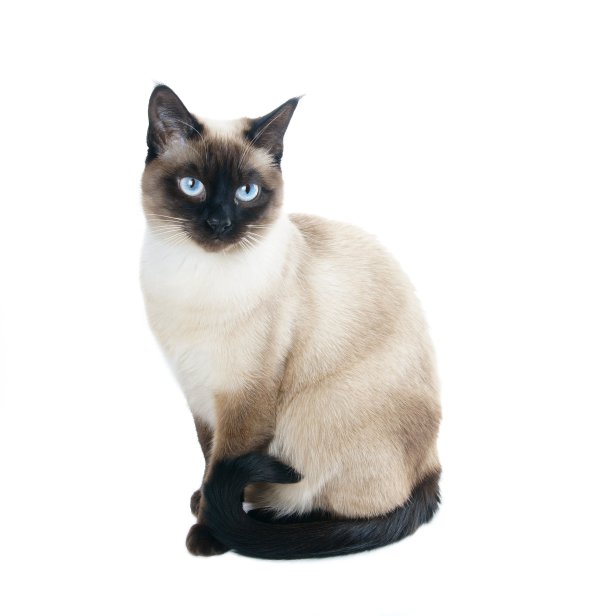
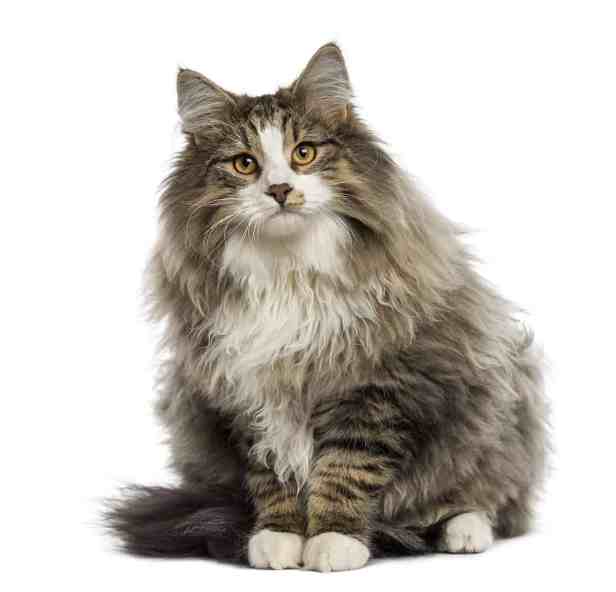
And of course, everyone knows what a seductive sound a cat’s purr can be – although nobody is really sure why the cat purrs in the first place. The felids (all cats) come in several categories, most notably Feline and Panthera. The Felines, including house cats and a bunch of related species, all purr in the technical sense: they can produce a purring sound breathing both in and out. The pumas (cougars), lynx, and some others can also purr, though they’re in different genera from the Felines.
The Panthera are the big cats: lions,tigers, etc. Most of them make a purring sound, but only the cheetah and leopards make a true purr. The others can all make a purring sound, but only while exhaling.

One reason cats are more popular than other animals, such as dogs for example, is that it is relatively easy to take care of them. No need to walk them every day. Put out a cat box and they immediately housebreak themselves. And while cats can be very affectionate, they don’t demand a lot of attention. I always recommend people have more than one cat so they have each other for company. But that said their humans can leave them alone for extended periods and they don’t get lonely or suffer emotionally. A dog might well look out the window in expectation of his owner coming home from work. A cat will more likely simply curl up in his favorite sleeping place.
Cats have the physiology of a predator, meaning that they’re hardwired to give chase and hunt — mainly at night. Large cats such as lions have a similar pattern of sleeping during the day and hunting at night. Although they have been domesticated, for the most part, housecats still retain that wild streak. Even cats at play will display the feline primal instincts of creeping about in the shadows and, without a whisper of warning, pouncing on their target prey.
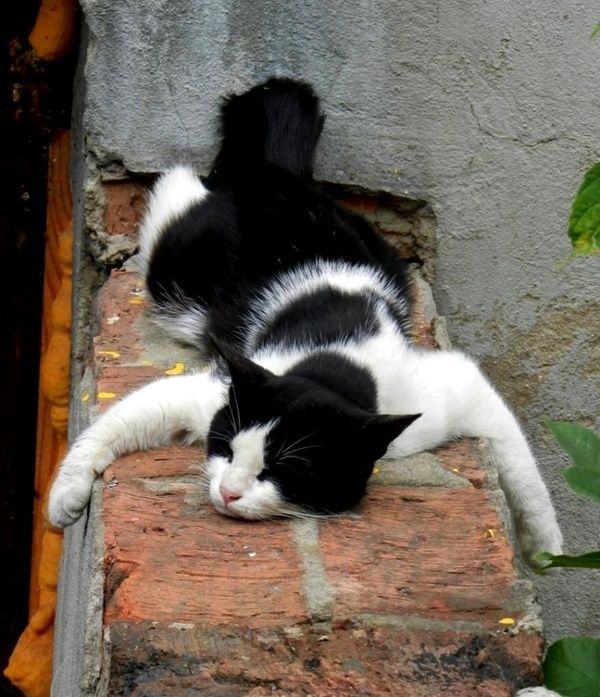
If it seems cats sleep a lot, they do. It is the nature of all felines to hunt, fill themselves up with as much food as possible, and then lie around, sleep and digest. This allows for maximum energy conservation. A domestic cat can sleep for 15 hours a day or more. But they also “catnap.” That is, unlike humans they can come instantly awake when stimulated and then go right back to sleep, almost as quickly.

As far as the future goes, there is no doubt that cats – easy to take care of, low maintenance and comfortable in relatively small dwellings – will remain one of the most favorite pets. In fact, there are cities in which they are considered such suitable domestic pets that landlords are not allowed to exclude them to renters. The only problem is that cats in the wild breed so fruitfully that homeless feral cats and those in shelters have reached catastrophic numbers.
The answer to this is clear: owners of pet cats and dogs should ALWAYS spay and neuter their animals.
******************************************************

The Women: Photographs of The Top Female Bodybuilders (Artisan) Modern Amazons (Taschen)
WEBSITES
BILL DOBBINS PHOTOGRAPHY www.billdobbinsphotography.com
BILL DOBBINS ART www.billdobbinsart.com
FEMALE PHYSIQUE SITES www.billdobbins.com
EMAIL: billdobbinsphoto@gmail.com









